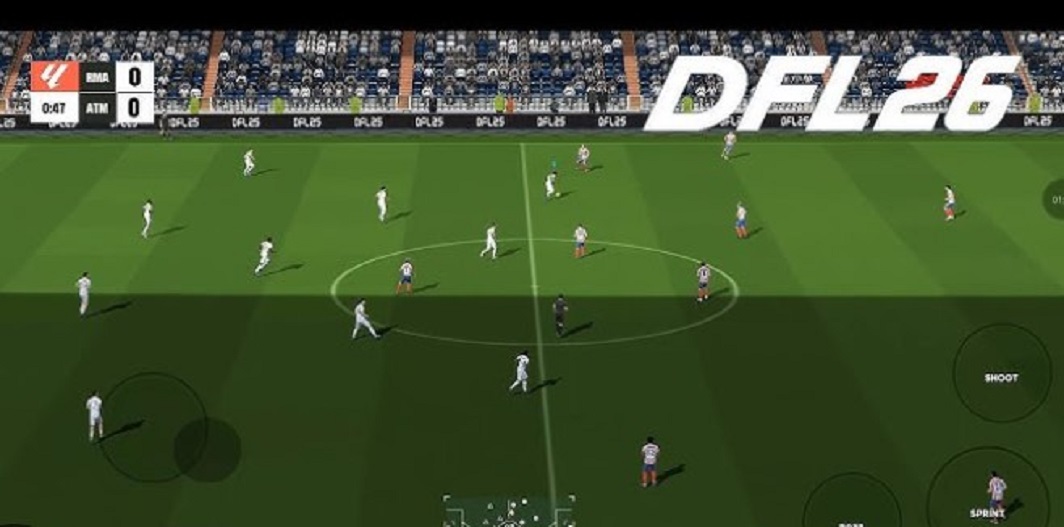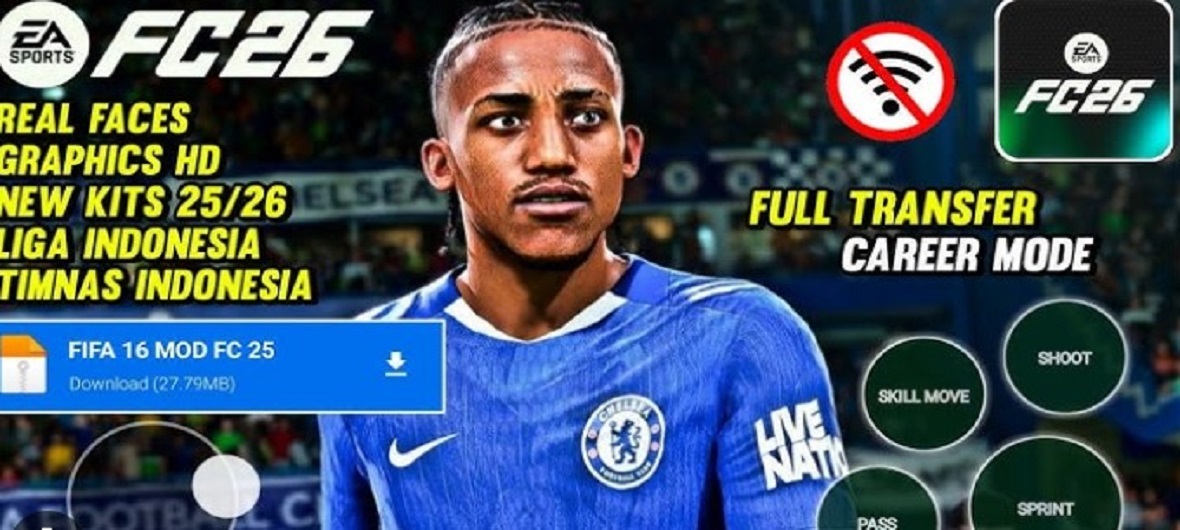Introduction
In DFL 2026 the Cup and League modes are where ambition meets execution. Whether you’re chasing knockout glory in the Cup or mounting a title run in the League, your success depends on more than just flashy goals — it demands strategic foresight, squad balance, and consistent discipline. This article dives deep into proven approaches to help you consistently win in both modes, drawing from game design practices, community experience, and tactical principles.

Understanding the Cup vs League Structures
Format and Rules Differences
Cup mode in DFL 2026 is typically a single-elimination or two-leg knockout tournament, where one bad match can knock you out. League mode, by contrast, is a round-robin where each team plays every other over many matches. The margin for error is much slimmer in Cup — a single mistake can cost you.
In League mode, tie-breakers (goal difference, head-to-head results) often matter, so you can’t just scrape by — you need to score sufficiently and prevent blowouts. Understanding these structural differences is key to how you plan your season.
Reward & Pressure Dynamics
Because Cup matches carry sudden-death stakes, they induce high-pressure scenarios. In contrast, League rewards consistency: even if you lose a match, you can recover over many fixtures. That means your roster planning and tactical choices should differ: in Cup you might gamble more; in League you play for balance and steady accumulation of points.
Building a Competitive Squad
Transfer & Squad Management
A championship squad balances offensive firepower with defensive solidity. Don’t just stack stars up front — ensure you have capable midfielders and defenders. Use your transfer windows to address weak spots midseason (a lack of center back depth or injury to fullbacks). Always keep backups ready. Injuries, suspensions, and fatigue will strike. A dependable second-choice goalkeeper, utility defenders, or rotation midfielders can save a season.
Chemistry, Morale & Form
If DFL 2026 includes a chemistry or team-morale mechanic (as many football simulators do), it will significantly affect performance. High morale can boost your players; low morale can cause underperformance.
Track form and avoid letting your squad spiral into “slumps.” Use morale boosters (rest, rotation, favorable matchups) to reset momentum. Teams on a winning streak tend to carry confidence — harness that in crucial fixtures.
Tactical Approach & Match Planning
Formation & Style Selection
Adopt a few versatile formations (4-3-3 for attacking, 4-5-1 for defense, or 3-5-2 to dominate midfield). Don’t rigidly stick to one — adjust to the opponent. Use a high-pressing, possession-based style when facing weaker teams; switch to counterattacks or low block vs stronger foes.
Match-by-Match Adjustments
Watch for patterns: if an opponent routinely attacks down one flank, shift your fullback or winger to double up there. Use substitutions not just for fresh legs, but to change shape or match tempo.
Stay aware of match state:
-
If you lead, tighten up — more defensive anchors.
-
If chasing, push forward and risk exposing the backline.
-
Draw late? Maybe send on an attacker.
Adapt dynamically — fixed plans rarely survive 90 minutes without tweaks.
Cup Mode Specific Tips
Two-Leg Strategy & Aggregate Thinking
If the Cup uses home-and-away legs, your approach may differ per leg. In the first leg (especially away), conserving energy and limiting damage may be wiser; in the return leg, you can be more aggressive if behind on aggregate. Don’t waste all firepower in first leg unless you’re confident; leave options for the second. Also, consider the “away goals” rule (if it exists) — scoring on the road can swing tie-breakers.
Upset Protection
Cup upsets happen when you underestimate underdogs. Always show respect to weaker teams by avoiding overconfidence. Use a hybrid setup combining cautious defense and sharp counterattack to neutralize surprises. When matches tighten (extra time or penalties), ensure your substitutions include fresh legs or trusted penalty takers. Holding your nerve under stress is vital.
League Mode Specific Tips
Consistency Over Explosiveness
In League, one bad loss can derail a campaign — even if you win many others. The goal is consistent results: wins where expected, no catastrophic collapses.
Against weak teams, you can rest star players — but only if you trust your backup. Against top opponents, always field your best. Balance the “easy wins” with crack matches.
Handling Fixture Congestion
When Cup and League overlap, fatigue piles up. Manage squads: rotate non-essential players for lower-stakes matches, but preserve strength for pivotal clashes. Monitor stamina and injury risk. You might skip full strength in a midweek match if your top players are exhausted, but aim to recover them for the weekend.
Training, Upgrades & Long-Term Management
Use training to elevate underperforming players, improve key attributes, and correct weaknesses (stamina or tackling). If the game allows facility or staff upgrades (coaches, physical trainers), invest wisely — small improvements compound over a season. In long-term or career mode, consider youth or academy players: developing players for the future lowers transfer costs and gives you depth.
Psychological & Mental Edge
Big finals or clutch matches are won in the mind as much as on the field. Encourage calm, avoid chasing reckless plays, and maintain composure under sudden shifts. Also, build momentum: stringing together wins increases confidence, which often translates to better gameplay. Use rotated lineups sparingly to preserve morale.
Common Mistakes & Pitfalls to Avoid
-
Over-relying on one star: if they’re injured or marked out, you crumble.
-
Neglecting backups: depth wins seasons.
-
Ignoring opponent style: fail to adapt and you get punished.
-
Poor fatigue management: late-season collapses due to exhaustion.
-
Tactical stubbornness: refusing to tweak mid-match or mid-season.
Sample Season Walkthrough
Imagine you begin the season with a strong 4-3-3 setup and modest rotation. Early League matches go well, you rotate a bit midweek, and in the first leg of a Cup tie you draw away 1–1. In the second leg, you switch to a more aggressive shape, exploit their defensive weaknesses down the flank, and prevail 2–0 on aggregate.
Midseason, your starting right back gets injured. You promote your backup, shift your tactics to shield that weaker side, and maintain form. You clinch the league with two matches remaining, while also going deep into Cup semis, ultimately lifting the Cup. Key decisions: adapting formation, rotating wisely, using substitutes smartly, and keeping morale high.
Conclusion
Success in DFL 2026’s Cup and League modes comes from blending tactical flexibility, squad depth, and mental resilience. Cup demands focused intensity; League demands sustained consistency. Rotate smartly, adapt style to opponents, keep morale high, and avoid overdependence on stars. Above all — experiment, learn from setbacks, and refine your approach each season. With the right mindset and strategy, lifting silverware becomes not just possible, but expected.

